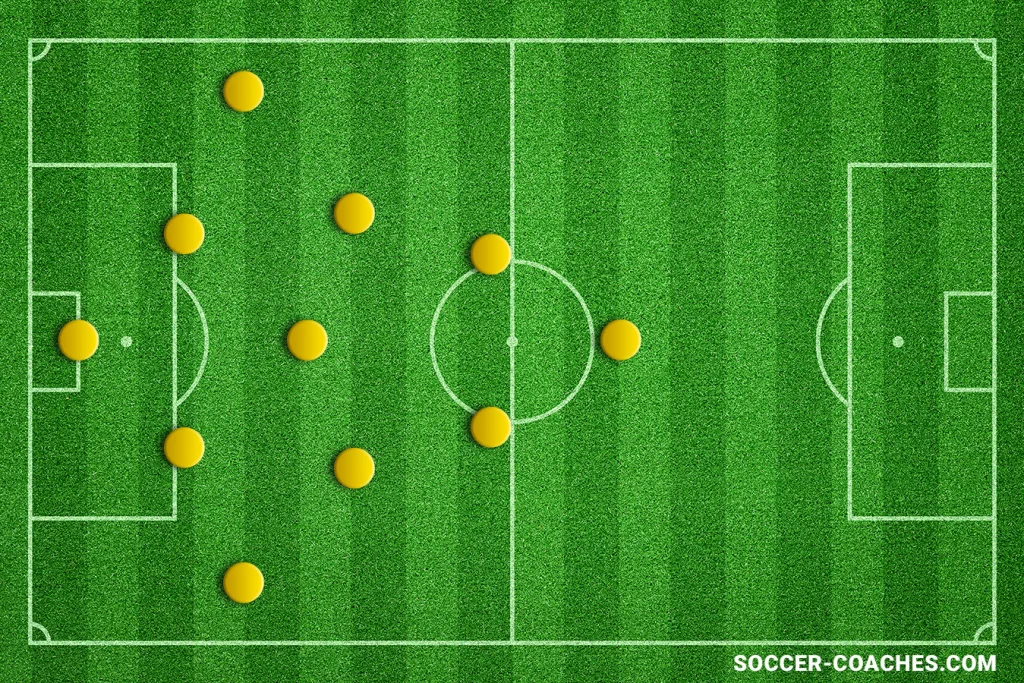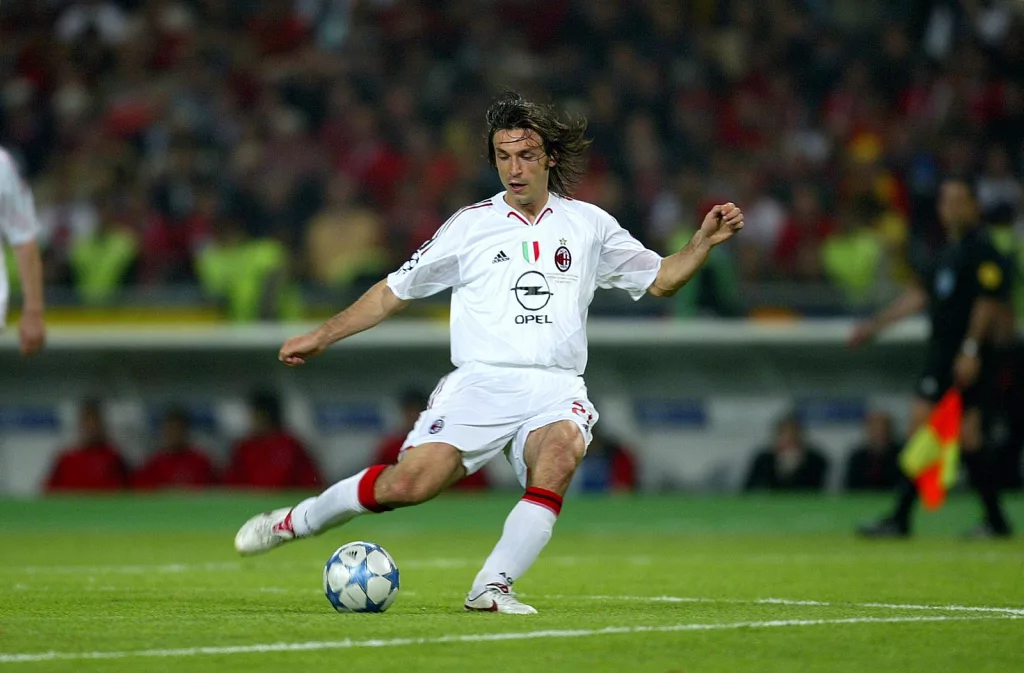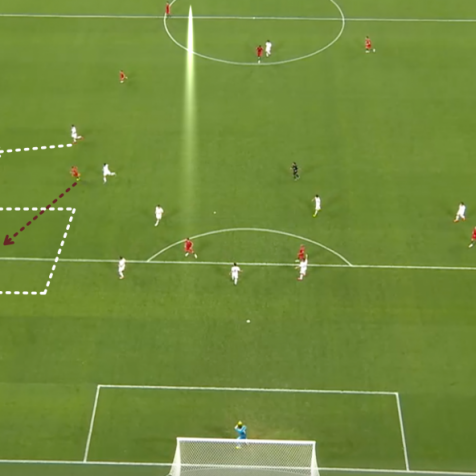The 4-3-2-1 formation, represents a distinctive and tactical method in soccer. It emphasizes robust defense, a cohesive midfield, and dynamic attacking options, appealing to teams that value a harmonious and controlled approach in their play.

Advantages – Midfield Dominance and Solid Defence
Let us take a look at the benefits when playing with your team in this formation. This formation’s four defenders create a formidable backline, challenging for rivals to penetrate. Central defenders concentrate on subduing opposing strikers, while the full-backs counter wide threats.
Midfield Dominance: The midfield trio ensures superior numbers in the central field, enhancing ball control and distribution. This configuration also facilitates a smooth shift from defense to offense.
Adaptable Attack: The formation’s two advanced midfielders enable versatile offensive strategies. They can connect with the solo forward or infiltrate the box unexpectedly, adding an element of surprise to the offense.
Adaptability in Tactics: The 4-3-2-1 setup allows for flexibility in playing styles, be it possession play, counter-attacks, or aggressive pressing.

Carlo Ancelotti and the 4-3-2-1 Formation
Notable European clubs and national squads have historically adopted this formation. Renowned coaches such as Carlo Ancelotti and José Mourinho have successfully implemented this strategy at clubs like AC Milan and Chelsea, achieving significant triumphs.
Carlo Ancelotti, in particular, demonstrated a masterful use of the 4-3-2-1 formation, especially notable during his tenure at AC Milan. Ancelotti’s approach was characterized by a strong emphasis on midfield control, leveraging the talents of players like Andrea Pirlo to orchestrate play from deep positions. The formation under Ancelotti was flexible, morphing into a more attacking or defensive shape as the game demanded. His tactical acumen was evident in the way he balanced a solid defense with a creative midfield and an effective lone striker, a blend that brought Milan numerous domestic and international honors, including the UEFA Champions League.
Ancelotti’s implementation of the 4-3-2-1 also highlighted his ability to adapt to the strengths and weaknesses of his squad. At Chelsea, he tweaked the system to accommodate dynamic players like Frank Lampard and Michael Essien, adding an extra layer of attacking prowess while maintaining defensive solidity.
His Chelsea team, adept in quick transitions and capable of exerting control in the midfield, won the Premier League, showcasing the versatility and effectiveness of the 4-3-2-1 in different league styles and player profiles. Ancelotti’s success with this formation cemented his reputation as a tactical innovator and a manager capable of getting the best out of his players in various configurations.

Limitations of the 4-3-2-1 Formation
One of the limitations of the 4-3-2-1 is the flank exposure: The focus on central play can leave the wings vulnerable to attacks.
Striker Isolation: Ineffective midfield support can lead to the lone striker being cut off, hindering goal-scoring opportunities.
Demanding Nature: The system demands players with endurance and sophisticated tactical knowledge, posing physical and mental challenges throughout a season.
How to implement the 4-3-2-1 Formation with your team
Teams need players adept in tactical flexibility and physical endurance, particularly midfielders skilled in both defense and attack transitions.
Tactical Development: Training should focus on enhancing spatial and positional understanding, especially for the midfield five.
Defensive Preparation: Regular practice in maintaining a strong back four and efficient defensive transitions is vital.
Offensive Training: Working on coordinated plays and interplay between midfielders and the forward is key for successful attacks.
Let us take a look at the different player profiles that are optimal for playing this formation.
Key Player Characteristics Central Defenders: Must be aerially strong, positionally astute, and capable of initiating plays.
Wing-Backs: Require the stamina for flank coverage, crossing proficiency, and defensive reliability.
Central Midfielders: Should be multifaceted, capable of defending, orchestrating play, and transitioning effectively.
Advanced Midfielders: Need creativity, adept dribbling, and scoring acumen.
Forward: Should excel in hold-up play, operate effectively with their back to the goal, and have precise finishing abilities.
Tactical Discipline and Versatility
In Summary The 4-3-2-1 formation is a strategically shrewd approach that provides a balanced style in contemporary soccer. Its effectiveness relies on appropriate personnel, intensive tactical training, and adaptability to various match scenarios. Despite its vulnerabilities, especially on the flanks and potential striker isolation, its defensive and midfield strengths often render it an effective choice for teams striving for tactical discipline and versatility.


